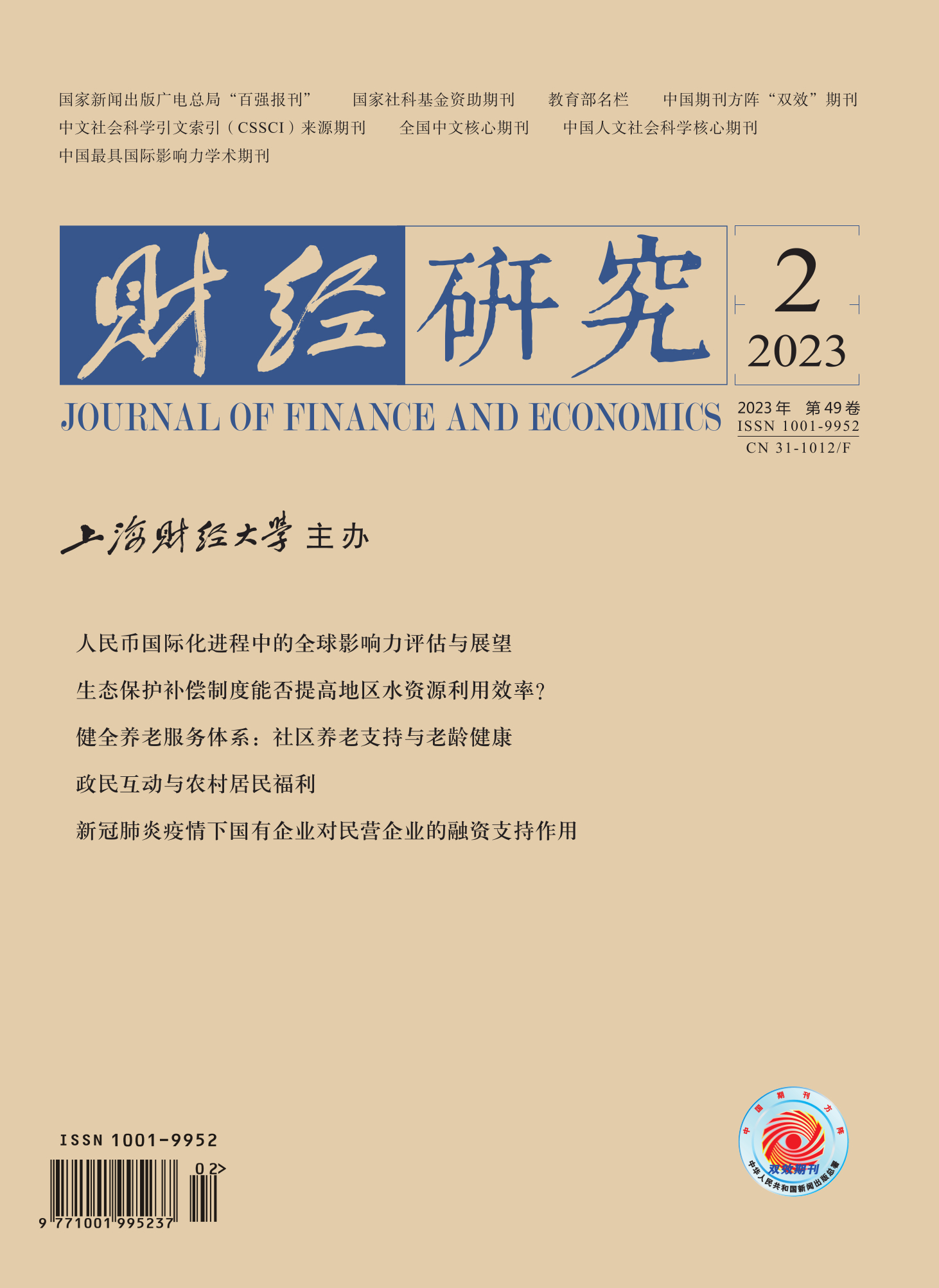In recent years, China has been implementing a series of tax abatement policies. However, a substantial number of firms evade tax though the abuse of tax preferential policies. Under this circumstance, it is important for tax authorities to strengthen enforcement to make sure a precise release of tax reform bonus. Theoretically, VAT has built-in self-enforcement properties due to asymmetric incentives and third-party information mechanisms. In VAT, upstream sellers want to hide sales but downstream buyers intend to overreport input costs, the opposing force constrains trading partners from tax evasion. With respect to tax registration, VAT’s self-enforcement properties should make upstream sellers officially register in the tax-collection system, as downstream buyers would not get invoices to deduct input costs if sellers failed to register.
In this paper, we study how information-based powerful tax-collection management exploits the full use of VAT’s self-enforcement properties. The main data we use come from Industrial & Commercial Registration database. Through massive text scanning, we extract industry affiliation information and match the industrial code for each registered firm. Aggregating the number of firm registration by industry and by province, we construct formal registration index at the province-industry-year level. Furthermore, we calculate industries’ forward-linked and backward-linked indices based on the province-level input-output table. After these data working, we construct the DID model to examine the effect of the Golden III project on the formal registration rate, especially among industries with stronger forward-linked properties. The results show that, the Golden III project, which is an information-based technological tax-collection system, enhances the formal registration rate. The effect is more pronounced for upstream industries. Three reasons explain why the Golden III project facilitates a better use of self-enforcement properties in VAT: First and foremost, it manages tax collection based on the asymmetric incentive mechanism embedded in VAT. Second, it imposes a stronger deterrence effect on upstream sellers, as sellers expect higher detection risks than buyers when tax authorities carry out intensive inspections following the asymmetric incentives mechanism. Third, it collects VAT-related information for tax audit analysis across regions and strengthens tax enforcement. As traditional enforcement and self-enforcement is complementary, VAT’s self-enforcement properties are more effective as traditional enforcement is improved. We also examine the effect of Business-to-VAT (BTV) reform on the formal registration rate, and find that BTV has no significant effect on the formal registration rate. Without powerful tax-collection management, the self-enforcement property in VAT compliance cannot play its role, perhaps leading to worse tax non-compliance.
This paper points out that: The self-enforcement property in VAT can be better exploited when effective tax enforcement is at play, and tax authorities should strengthen enforcement to make sure that a good tax can fully reach its potential.





 4174
4174  3300
3300

